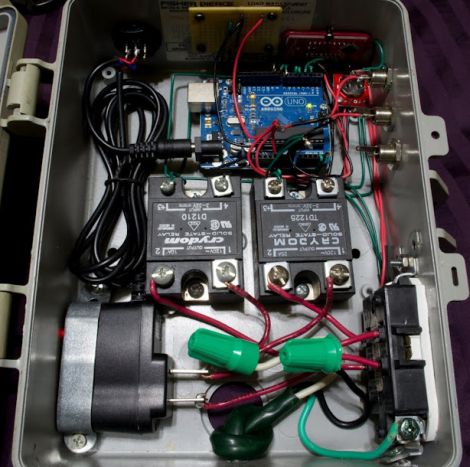
[Mike] just purchased this Atten APS3005S bench power supply for around $80. It does the job, but boy is it noisy! We were pretty surprised to hear it fire up in the video after the break. To make matters worse, the noise is persistent since the fan never shuts off. Having worked with other bench supplies he knew that a common feature included in many models is temperature controlled case fans. He set out to quiet the fan and implement a temperature switch.
For this project [Mike] had the benefit of looking at a nearly identical model that does have temperature switching. He discovered that the board on this one has a through-hole zero ohm resistor populated in place of a thermostat switch. That switch closes the connection at or above 45 degree Celsius, thereby turning on the cooling fan. Bridging the traces with a zero ohm resistor to save on production costs is what caused the fan to run continuously. After replacing the resistor with a KSD-01F and swapping out the stock fan for a high-quality version [Mike] has takes a noise maker and turned it into a device that’s kind to the ears.
Continue reading “Quieting An Inexpensive Bench Power Supply”
















